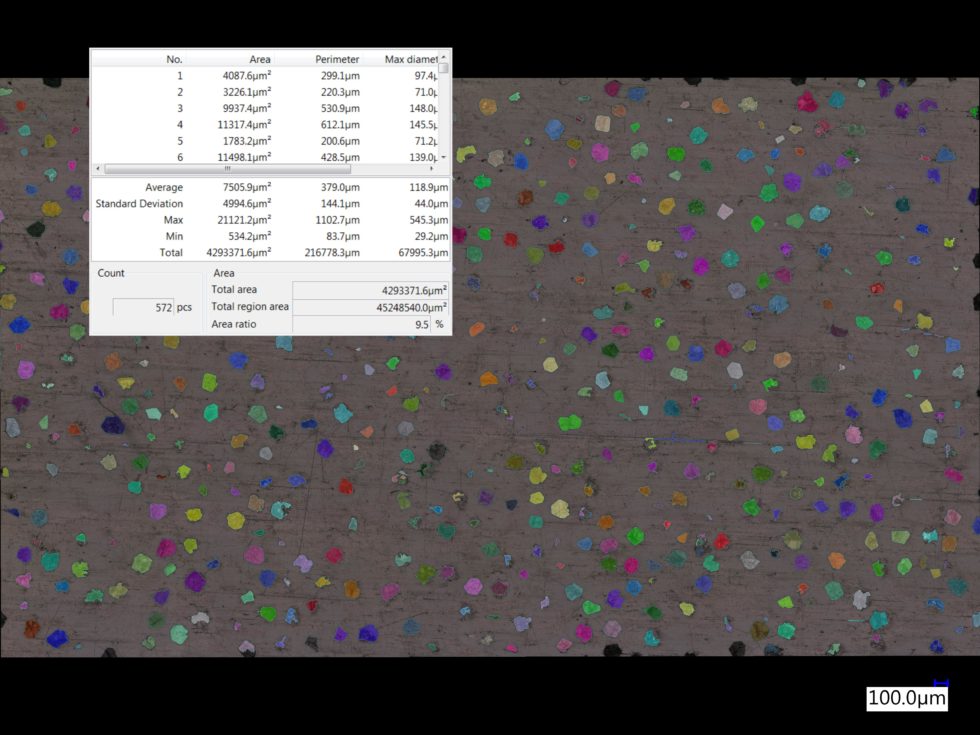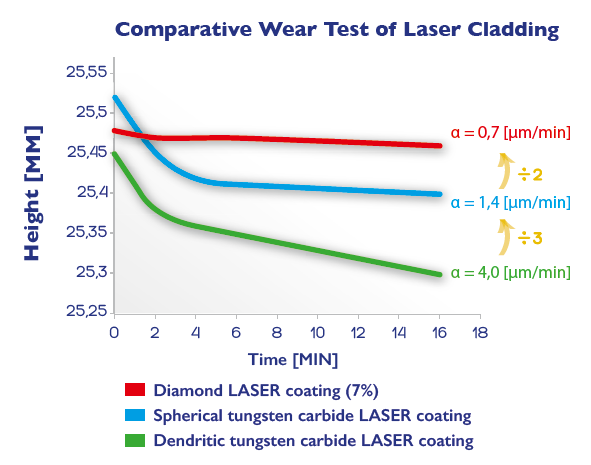AMAG : diamond granules with low magnetic permeability
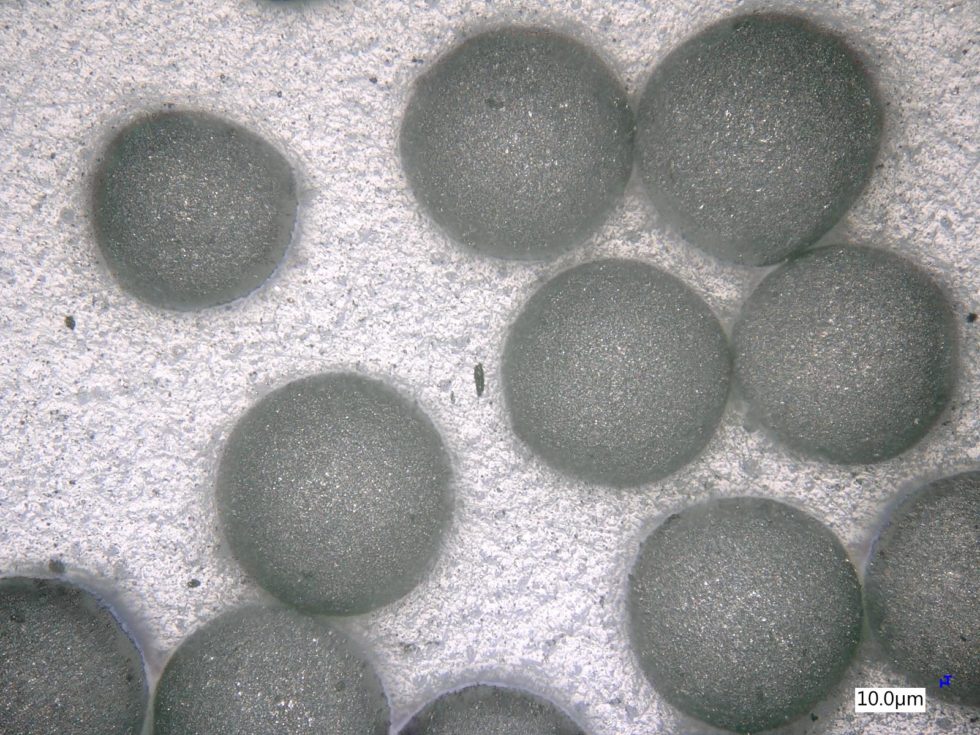
Protection of directional equipment is a real issue. Indeed, the ineffectiveness of existing solutions almost inevitably results in significant costs for directional well operating companies. As examples of deviated wells were becoming more widespread, it seemed imperative to solve this technical problem.
Diarotech then developed a new product designed to protect equipment: the diamond granule with low magnetic permeability
Current solutions
Today, many oil wells have deviated or even horizontal sections. The drilling companies, in order to correctly orient their tools at the bottom of the hole, determine their position using the Earth's magnetic field.
For this reason, all materials used in the vicinity of “Measure While Drilling” (MWD) systems must be “non-magnetic”, i.e. transparent for the Earth’s magnetic field. The steels used to manufacture these tools are therefore generally austenitic stainless steels with low magnetic permeability. While such steels have the advantage of meeting specifications, they are relatively expensive.
It is therefore essential, in order to control operating costs, to increase their lifespan, which is very limited without any means of protection against wear.
Current protective solutions are few and far between and are of limited effectiveness. They involve protecting the contact surface between the drill string and the rock with elements of tungsten carbide. This is done either by brazing the inserts or via thermal spray deposition (laser cladding, PTA, etc.). The first solution is complicated for the aforementioned steels, which is why the laser cladding solution is mainly used.
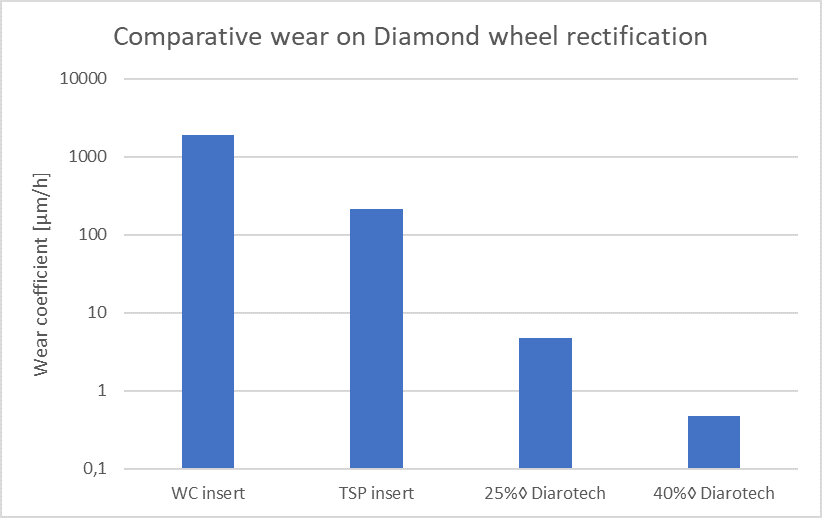
The disadvantage of tungsten carbide is its low wear resistance compared to diamond composites. Indeed, as the above graph shows, set out in the article “High diamond content wear-resistant inserts”, the wear resistance of diamond composites can be 400 to 4,000 times greater than that of tungsten carbide.
Diarotech’s standard diamond granule was already an effective replacement for tungsten carbide for conventional applications but was magnetic. It was obvious for Diarotech that it needed to develop a new generation of granules with low magnetic permeability.
Development of non-magnetic diamond granules
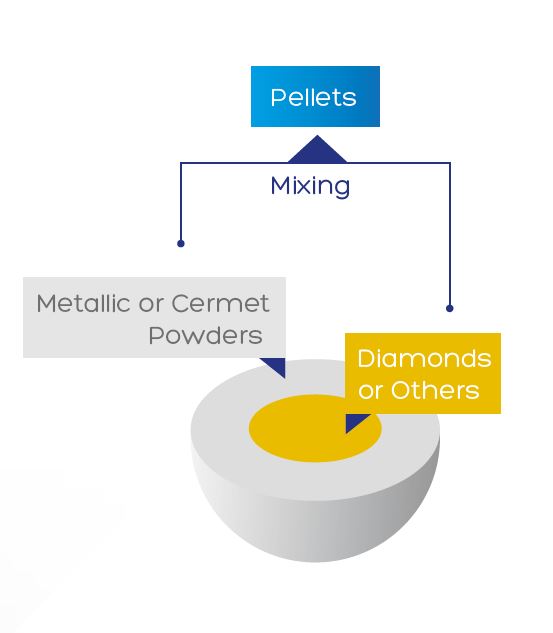
As shown in the above figure, the Diarotech diamond granule consists of a diamond coated with a coating consisting of a mixture of metal powders and tungsten carbide.
This coating is deposited around the diamonds during granulation in a process in which organic binders are added to the diamonds and the powder mix, with it all being rotated. Finally, in order to eliminate the organic binders and consolidate the metal shell, the granules are sintered.
The magnetism of standard granules originates from the use of ferromagnetic elements (Cobalt, Nickel, Iron, Manganese, etc.) to make the Cermet mixture. The key to developing a non-magnetic granule is therefore to successfully avoid the presence of these ferromagnetic phases.
In order to guarantee the success of the project, it is therefore necessary to develop a substitute cermet mixture which will not contain a ferromagnetic phase but which will retain good tribological properties and good compatibility with the deposition matrices used.
Diarotech has developed a WC/Ni binder containing catalysts, allowing the ferromagnetic phase to undergo a phase change during sintering. It was therefore necessary to jointly develop a metal mixture (type of catalysts, concentration, etc.) and a treatment cycle (sintering atmosphere, temperature, duration, etc.).
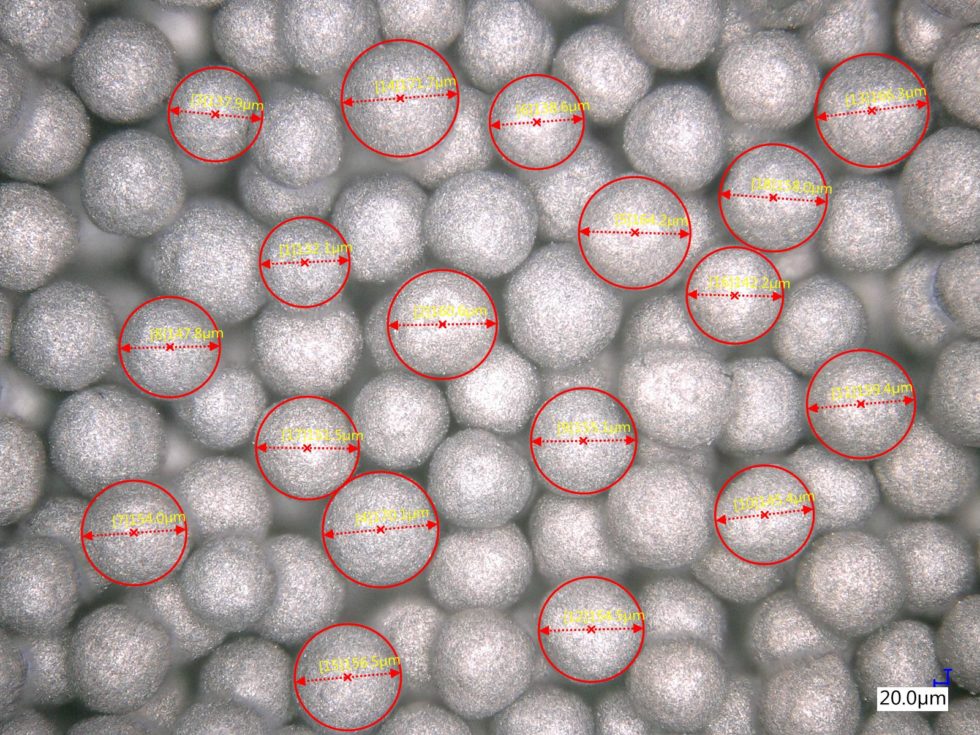
Finally, after optimization, the following appears to be the correct procedure to be followed:
- Selection of diamonds with particularly low magnetic permeability (even lower than the premium standard)
- Meticulous preparation of the powder mixture developed, avoiding any source of ferromagnetic contamination.
- Sintering of granules under specific and controlled conditions.
Results
The non-magnetic diamond granules developed exhibit particularly low magnetic permeability. Indeed, the table below lists the results of the readings taken on different products.

It shows that non-magnetic diamond granules are 2 times less magnetic than the non-magnetic steel used to make directional equipment and 60 times less magnetic than the standard granules used for protection via laser deposition. It also highlights the importance of diamond selection, the magnetic susceptibility of which accounts for approximately 50% of that of the final granule.
In practice, the benefit of non-magnetic granules is demonstrated by applying a magnetic field to the granules. In the photo below, we can see that by applying a magnetic field to standard granules (photo on the right), the granules are oriented along the field lines. For non-magnetic granules (photo on the left), the granules remain oriented randomly because they are not influenced by the magnetic field applied.

Finally, laser deposits created with these granules exhibit very good properties:
1) As the following figure shows, the distribution of the diamond is optimal and the rate of coverage suggests a relatively high concentration of diamond.